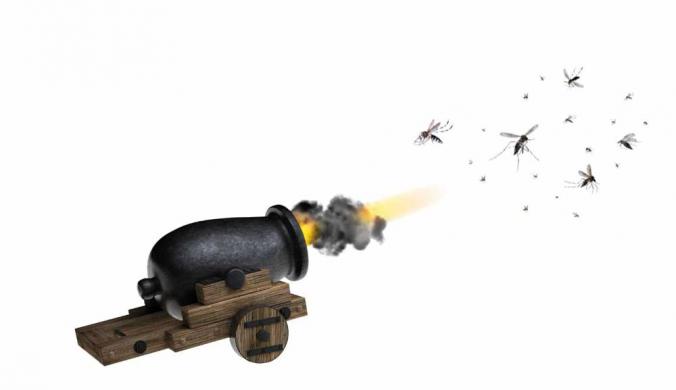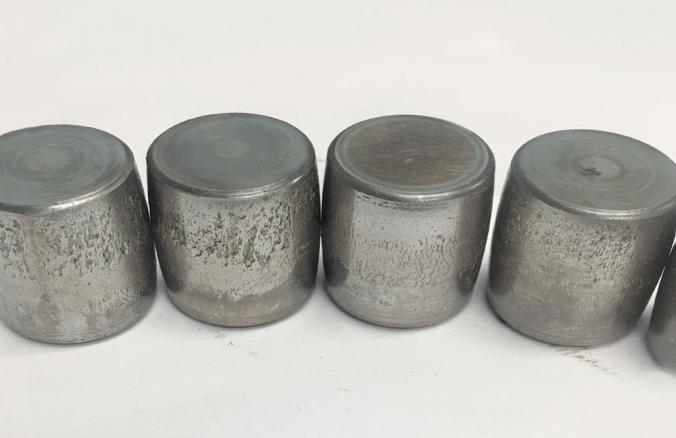Avoiding electrical motor failures
Electric motors are essential to numerous plant operations, no matter the industry, so understanding how and why they fail can help you develop a better maintenance program in your plant.
Electric motors are essential for ensuring that plants run smoothly and effectively. If one fails, it can mean costly downtime for the plant and create a variety of safety hazards. There are several different failure modes, so by understanding them, the lifespan of a motor can extend from 2 to 15 years.
The key is moving from the reactive category of the PF curve to the predictive phase. You can detect problems before they seriously damage the motor using ultrasound technology. Because there are so many different components within a motor, a failure mode can emerge in a variety of places. A motor has between 8 and 10 components, each with its own failure modes. By properly addressing them, you can significantly extend the life of your motor.
Motor housing
Failures in motor housing can crop up from improper installation, physical damage, corrosion, and material build-up. While motor housing may not seem like an actual performance component, these shortcomings can ultimately affect the way others perform.
For instance, a soft foot could lead to bearing failures, shaft bending, and broken or cracked feet. When placed on a flat surface, this emerges if a motor does not have all its feet flat on the surface. Material build-up can heat the motor's operating temperature, damaging other motor parts, such as bearings.
Motor stator
Motor stator failure modes emerge from physical damage, contamination, corrosion, high temperature, voltage imbalance, broken supports, and rewind burnout procedures. A lot of times, these can emerge from motor repair shops.
Stator failures occur due to the rewind burnout of the windings. This often happens before the motor can be rewound, requiring emergency repairs. But because the plant will need the motor returned as soon as possible, hasty maintenance can damage the stators by improperly heating the housing and the stator. This can also lead to motor inefficiencies.
Motor rotors
Rotors are composed of numerous layers of laminated steel, and the rotor windings are composed of bars of copper or aluminum alloy that are shorted on both sides with shorting rings. These components can then fail through thermal stress, physical damage, imbalance, broken rotor bar, contamination, and improper installation.
Physical damage on rotors can develop after certain emergency maintenance tasks, including bearing replacement, motor rebuilds, and during a disassembly and reassembly process. Generally speaking, motor bearings should not be changed at plant locations, especially on critical equipment.
Imbalanced motor rotors are typical, but this can put a lot of strain on bearings. This will ultimately lead to a rotor making contact with a stator and creating another point of failure. Again, improper rebuilding tactics, such as overheating, can also damage rotor components.
By establishing precision balance standards, you can be sure you are preventing these imbalance failures.
Motor bearings
Motor bearings within an electric motor can emerge from improper handling and storage, improper installation, misalignment, improper lubrication, start/stop processes, contamination, overhung loads, and motor fan imbalance.
Contamination is one of the biggest reasons for bearing failure modes. This occurs when foreign contaminants or moisture enter the bearings, usually during the lubrication process. You can take steps to prevent contamination during the regreasing process to ensure that they are kept out.
It is also important that your motor is properly outfitted for the task for which it was selected. This means using the correct bearings for its application. Engines that use sheaves or sprockets mounted on the shaft will need roller bearings in the motor, which are common among most standard motors.
Lubrication can always be a major cause of failure because there are so many places where one can improperly apply lubrication. Too much or too little lubrication, along with the improper form of lubrication, can lead to premature wear and tear.
All motor greases should be polyurea-based and not all-purpose lubricants. One should always take the plug out of the bottom so that old grease can be drained properly. Also, release valves can help prevent over-greasing.
Motor bearing seal failures tend to emerge from improper lubrication or installation.
Motor fans
Motor fans tend to fail from physical damage, ice build-up, foreign materials and corrosion. Fans help keep the temperature down on a motor, which is essential to ensuring the rest of the components are performing well.
The motor fan guard failures can also lead to a more significant motor failure. This tends to happen through physical damage and plugging. By keeping them clean, you can go a long way in preventing fan guard failures.
Motor insulation and windings
There are several potential issues when it comes to motor insulation and windings. Contamination and moisture can lead to winding failures. Oftentimes, this is because they are not stored in ambient areas. Overheating is another issue that can cause motor failure. Insulation breakdown, cycling, flexing, and AC drive stress, round out the possible failure modes for this category.
The life of the insulation in a standard electric motor is based on the engine's temperature. This means for an electric motor that is operating at a particularly high temperature, you could be cutting back on its lifespan. In fact, for every 18 to 20 degrees Fahrenheit, the insulation life is cut in half. While better insulation can extend the lifespan, temperature is easily one of the most significant factors. This means bringing in cooler outside air.
Insulation breakdown can be a big problem, as it will cause windings to short out. These problems can be detected through MCE testing and thermography. Winding shorts from turn to turn can crop up from contaminants, abrasion, vibration, or voltage surges.
Cycling and flexing are other problems that typically occur from the frequent start and stop operations of the motor. This operation cycle can lead to frequent heating and cooling of windings and insulation, leading to wear and tear, such as holes, ultimately leading the motor to short and fail.
Motor shaft
Motor shaft failure modes occur due to physical damage, improper manufacturing, improper installation, and corrosion. For instance, installing a motor improperly can cause specific components, such as the motor casing, to corrode and create imbalance.
How to make your motor last – the role of ultrasound
Now that we know the various motor failure modes, we can take better steps toward creating a proper maintenance plan.
It's important to understand that failures tend to first appear in bearings. Using ultrasound technology is a great way to detect Stage 1 failures. Ultrasound inspection instruments such as the Ultraprobe 15.000 can detect failures at a very early stage, even in slow speed bearings.
Lubrication is also key to keeping your motors in good shape. Make sure to grease the motors as needed with the proper motor-rated grease. Add grease or oil only when needed.
Incorporating an ultrasound-assisted lubrication program can go a long way in preventing bearing failure. Ultrasound instruments are excellent at detecting over or under-lubrication. For this specific case, instruments such as UE Systems' Grease Caddies are especially dedicated to bearing lubrication.
Ultrasound is useful even when remote and permanent monitoring is needed, such as with hard-to-reach or critical bearings. Systems such as OnTrak use ultrasonic sensors, data collection, and cloud technology to monitor motor bearings 24/7 and send alerts when failure is detected. The system can also be used with single-point lubricators that will dispense grease automatically, based on the bearing condition – thus, only lubricating when the bearing needs it.
As ultrasound becomes an increasingly integral part of maintenance operations, so are its applications. It can be used to detect electrical failures like arcing, rotor bar problems, and rotor imbalance, along with alignment and soft foot issues.
But let's not forget that the key to reach excellence in your electrical motors maintenance is to use complimentary technologies: besides ultrasound, use also motor circuit evaluation, vibration analysis, oil analysis, etc.
As a few extra tips, keep your motors clean and at the proper temperature with consistent airflow, and store motors properly to keep moisture from contaminating them. Also, keep moisture and chemicals away from the motor so as to prevent contamination.
Finally, you can get more out of your motors by taking proactive maintenance steps. Purchase precision motors for all your critical applications, and always use precision maintenance for installation, alignment, balance, and lubrication.
By adhering to these steps, you can extend the lifespan of your motors and limit downtime in your plant, effectively speeding up operations, limiting cost, and improving performance.
Text: Peter Boon, Product Manager at UE Systems








![EMR_AMS-Asset-Monitor-banner_300x600_MW[62]OCT EMR_AMS-Asset-Monitor-banner_300x600_MW[62]OCT](/var/ezwebin_site/storage/images/media/images/emr_ams-asset-monitor-banner_300x600_mw-62-oct/79406-1-eng-GB/EMR_AMS-Asset-Monitor-banner_300x600_MW-62-OCT.png)



